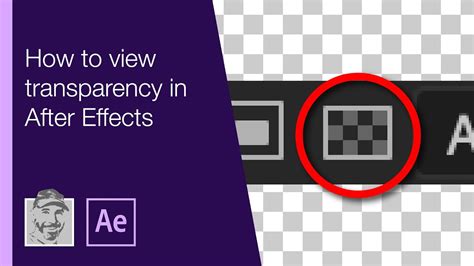single out blue chanel after effects | adobe after effects shift channels single out blue chanel after effects Color information in After Effects is contained in three channels: red (R), green (G), and blue (B). In addition, an image can include an invisible fourth channel, called an alpha channel , that contains transparency information. Vīrieši United Colors Of Benetton pieejami MODIVO.LV interneta veikalā • Ātra piegāde un atgriešana • Milzīga preču izvēle PAVASARA PIEDĀVĀJUMI! Saņem 20% atlaidi
0 · transparency in after effects
1 · alpha channels in after effects
2 · after effects alpha channel color
3 · adobe after effects shift channels
4 · adobe after effects color channel
5 · adobe after effects channels effect
6 · adobe after effects channel values
7 · adobe after effects alpha channels
message 6 0 1 Lv. i have been getting a lot of phone call threatening me with going to jail for none payment. i call phone # it tell me that the number are no longer in service. and it give message 6.
How can I remove the blue channel from a some footage to use it as a black and white mask? So easy in Photoshop but I can't figure it out or find a tutorial for it in after effects. How can I remove the blue channel from a some footage to use it as a black and white mask? So easy in Photoshop but I can't figure it out or find a tutorial for it in after effects.
Learn about the different channel effects available in After Effects, and a list of resources including video tutorials that explain how to use these effects.Masking by color in After Effects allows you to isolate and hide portions of an image based on its color values. This can be extremely useful for things like creating vignettes, highlighting subjects, and removing distractions in your footage. Color information in After Effects is contained in three channels: red (R), green (G), and blue (B). In addition, an image can include an invisible fourth channel, called an alpha channel , that contains transparency information. A challenge that I recently faced was to make the toys in a film switch colours, despite the blue being much darker than the pink. The Channel Mixer in After Effects is a tool for creating drastic and creative colour adjustments, and here I’ll show you how.
I am seeing birds, stars around my head after watching tons of YouTube videos about Alpha channel and luma channel. Can anyone make it understandable in plain and simple words? what is the relationship between these channels with black and white?
This After Effects tutorial covers how to render a video out of After Effects that includes an alpha channel. This is very important to do when rendering out lower thirds, and transitions to be used in your video editing software.Let us help by helping you get familiar with the five basic types of blur you can experiment with on After Effects! 1. Channel Blur. Channel blur creates a blurring effect for the red, green, blue and alpha channels within a layer.
In this comprehensive guide, we'll dive deep into the two main types of alpha channels—premultiplied and straight—and explore how to correctly interpret and work with them in After Effects, Nuke, and DaVinci Resolve Fusion.
Learn to work with color in After Effects. Set the color depth, modify color display settings, and pick color using Color Picker.
How can I remove the blue channel from a some footage to use it as a black and white mask? So easy in Photoshop but I can't figure it out or find a tutorial for it in after effects. Learn about the different channel effects available in After Effects, and a list of resources including video tutorials that explain how to use these effects.
Masking by color in After Effects allows you to isolate and hide portions of an image based on its color values. This can be extremely useful for things like creating vignettes, highlighting subjects, and removing distractions in your footage. Color information in After Effects is contained in three channels: red (R), green (G), and blue (B). In addition, an image can include an invisible fourth channel, called an alpha channel , that contains transparency information.
A challenge that I recently faced was to make the toys in a film switch colours, despite the blue being much darker than the pink. The Channel Mixer in After Effects is a tool for creating drastic and creative colour adjustments, and here I’ll show you how. I am seeing birds, stars around my head after watching tons of YouTube videos about Alpha channel and luma channel. Can anyone make it understandable in plain and simple words? what is the relationship between these channels with black and white?
This After Effects tutorial covers how to render a video out of After Effects that includes an alpha channel. This is very important to do when rendering out lower thirds, and transitions to be used in your video editing software.Let us help by helping you get familiar with the five basic types of blur you can experiment with on After Effects! 1. Channel Blur. Channel blur creates a blurring effect for the red, green, blue and alpha channels within a layer. In this comprehensive guide, we'll dive deep into the two main types of alpha channels—premultiplied and straight—and explore how to correctly interpret and work with them in After Effects, Nuke, and DaVinci Resolve Fusion.

transparency in after effects
alpha channels in after effects
LOUIS VUITTON Official USA site - Discover our latest Women's Clutches collections, exclusively on louisvuitton.com and in Louis Vuitton Stores.
single out blue chanel after effects|adobe after effects shift channels


























